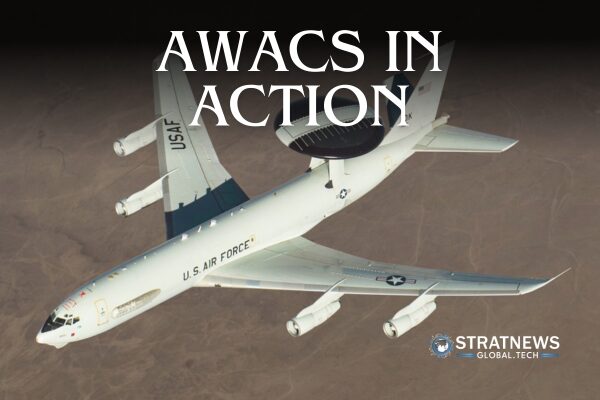Flying Radar Helps Coordinate 90+ Aircraft in Major Multinational Drill
With over 90 aircraft involved, the NATO exercise “Ramstein Flag 25” (RAFL25) depends heavily on precise coordination and fast communication. At the heart of this effort is the Airborne Warning and Control System (AWACS), serving as a ‘flying sensor’ to manage airspace and ensure mission success across all participating forces.
“Thanks to our sensors, we can scan the surrounding airspace, detect and track flying objects, and share that information in real time with command centres and the pilots,” said Lieutenant Colonel Alessandro from Italy. “We can see farther and sooner than fighter aircraft, which makes us an essential enabler of the air campaign.”
Real-Time Data Key to Mission Success
AWACS provides critical support by gathering and distributing data on air movements. This capability allows for fast responses and better situational awareness among the units. From twelve NATO air bases, a wide array of aircraft are participating in RAFL25, including fighter jets, support planes and surveillance platforms.
“Our role is command and control,” added Lieutenant Colonel Alessandro. “We manage the aircraft in the airspace and give them the information they need to complete their tasks as assigned by NATO’s Air Command.”
The integration of so many aircraft from different nations relies on this coordination. AWACS enhances airspace management, allowing for a seamless multinational operation under NATO command.
NATO Allies Boost Defence Amid Shifting Commitments
RAFL25 takes place amid high-level NATO discussions about future defence responsibilities. European leaders have been seeking clarity on potential US shifts in NATO engagement. This has prompted urgent planning to increase Europe’s own defence capabilities.
On Friday, German Foreign Minister Annalena Baerbock announced that NATO members are now on course to spend over 3% of GDP on defence – surpassing the long-standing 2% target. The announcement reflects growing urgency among allies to fill any future gaps in transatlantic defence cooperation.
As NATO adapts to changing geopolitical realities, exercises like RAFL25 demonstrate the alliance’s readiness and its continued reliance on advanced systems like AWACS to maintain air superiority and coordination.
with inputs from Reuters


